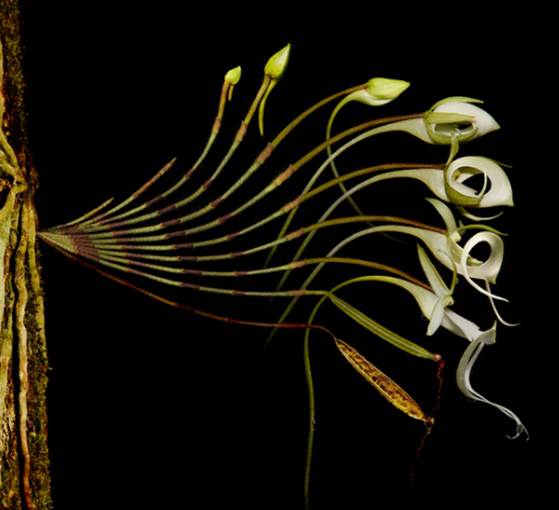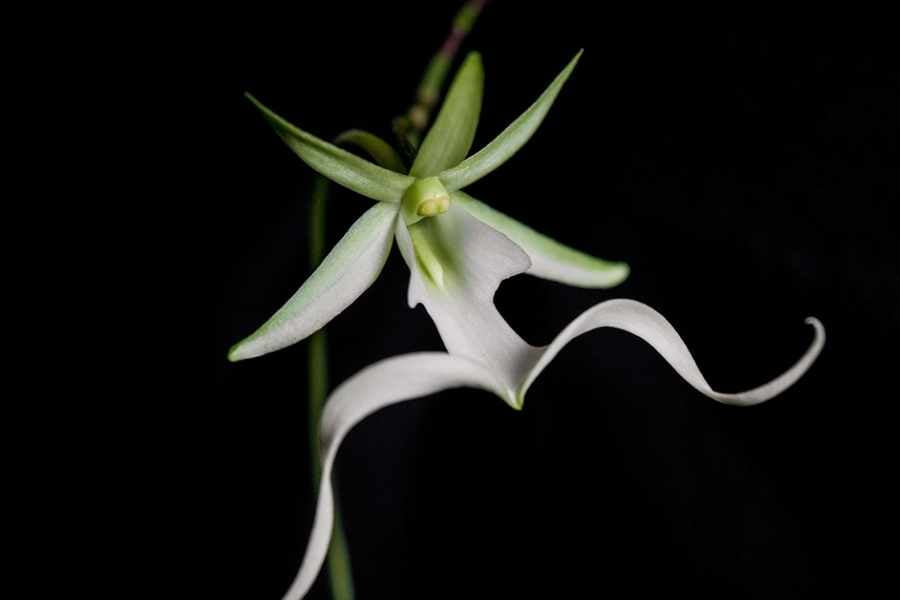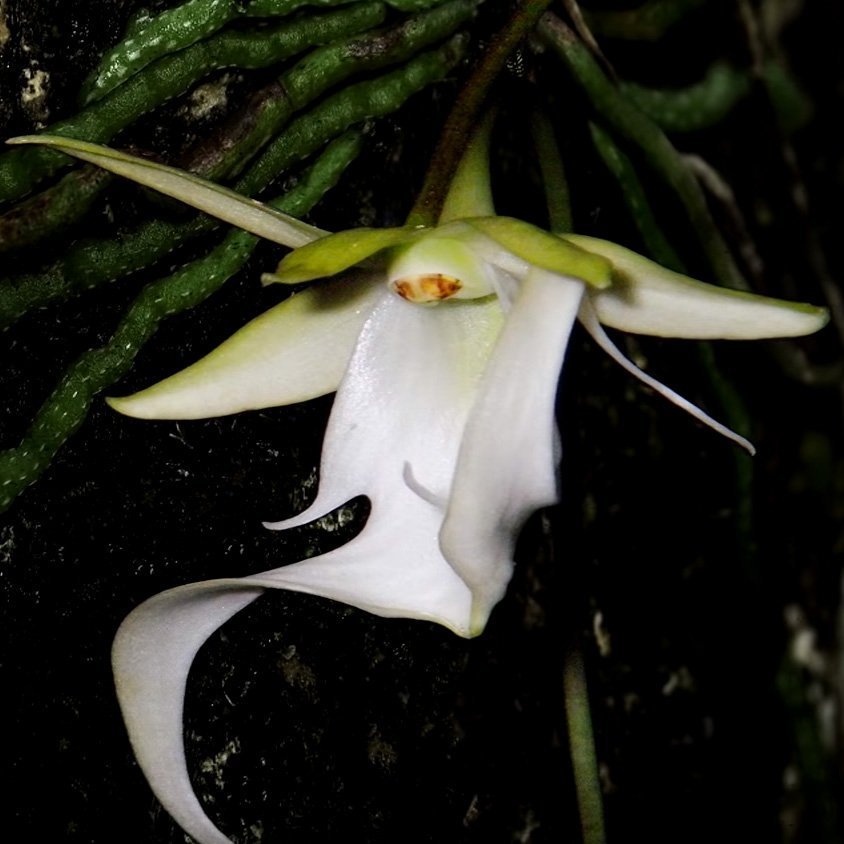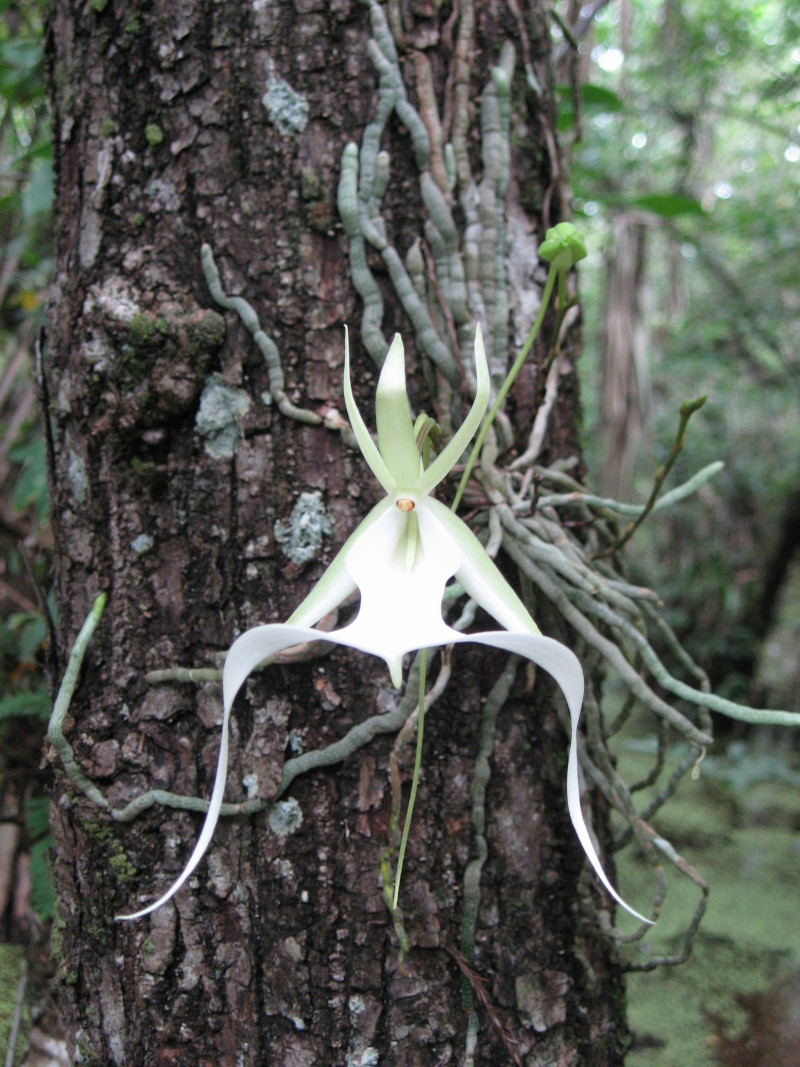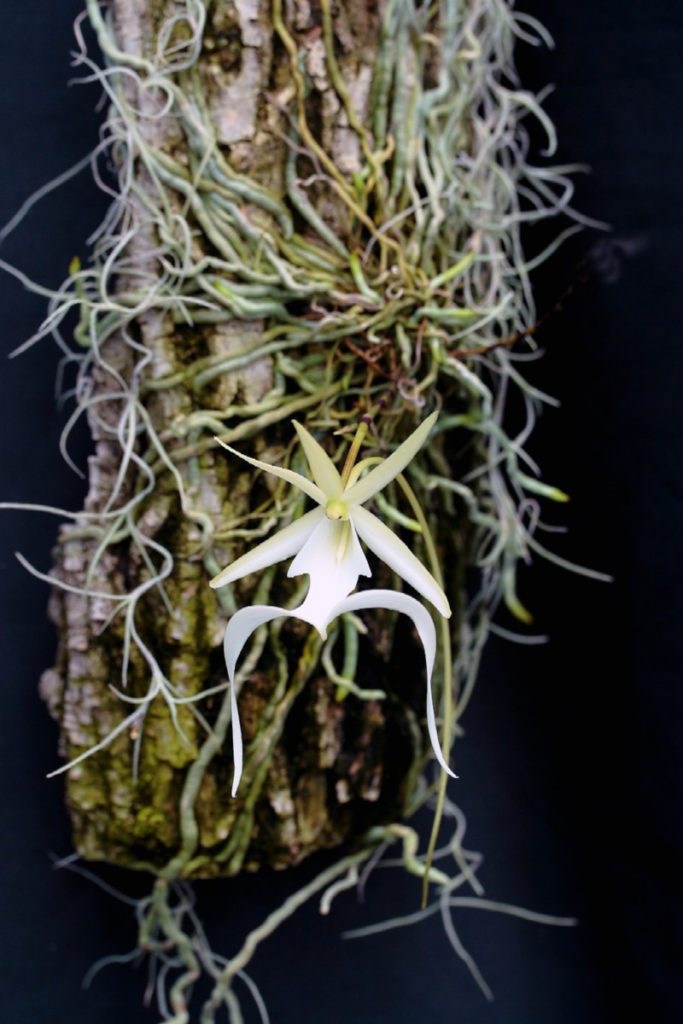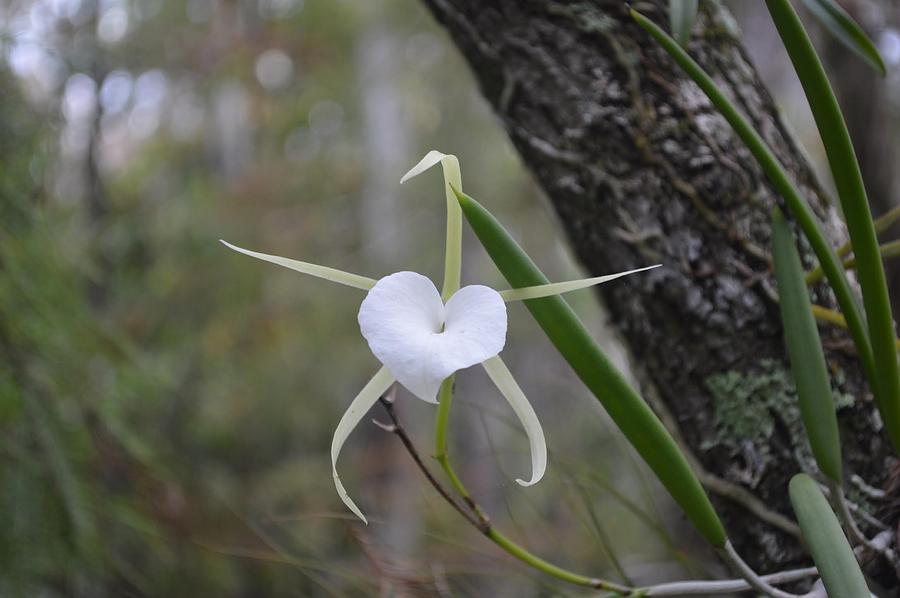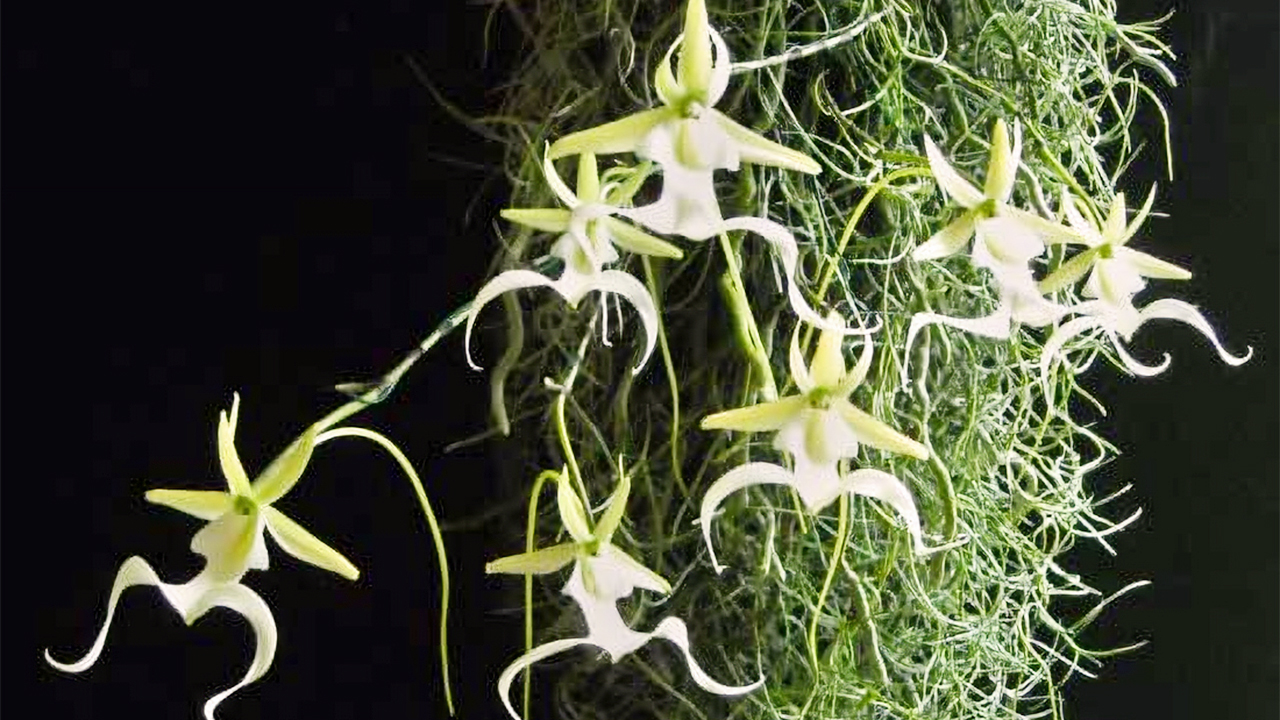Great Tips About Why Is It Called Ghost Orchid Nape Undercut Long Hair

It is native to florida, the bahamas, and cuba.
Why is it called ghost orchid. It is the type species of its genus. The colour results from the absence of. The ghost orchid is an epiphytic plant that lacks a stem, consisting essentially of flat, green roots that attach to trees in their natural habitat.
The ghost orchid, with its ephemeral beauty and mysterious allure, is a symbol of the transient nature of life and the resilience of nature. The ghost orchid epipogium aphyllum is an extremely rare species found in a very small number of sites within the uk. Native to florida, cuba and the bahamas, ghost orchids are a little bit different to the popular moth orchids, or phalaenopsis, that indoor plant lovers will be.
Dendrophylax lindenii is a supremely rare and beautiful orchid that is native to only cuba and the everglades. Peristeria elata is a species of orchid occurring from central america to panama, venezuela, and ecuador. Because this species is challenging to grow, specimens are.
The ghost orchid, epipogium aphyllum sw. (orchidaceae), has, due to its rarity, erratic appearance and the difficulty in actually finding it, gained a mystical and legendary. The ghost orchid is an unusual, and unusually beautiful, flower found only in cuba and the flooded forests of south florida, where there are about 2,000 of the plants.
The ghost orchid (dendrophylax lindenii) is a perennial epiphyte plant normally found in tropical and subtropical regions of north and south america. Because this species is challenging to grow,. It is commonly referred to as.
The flower has no leaves and must attach to a host tree in. Altogether, this orchid has many. The plant feeds by parasitising fungi,.
Other common names include palm polly and white frog orchid. There is actually a flower called a ghost orchid, and its tiny, spindly flower with no leaves, looks eerily like a ghost clinging to the bark of trees.
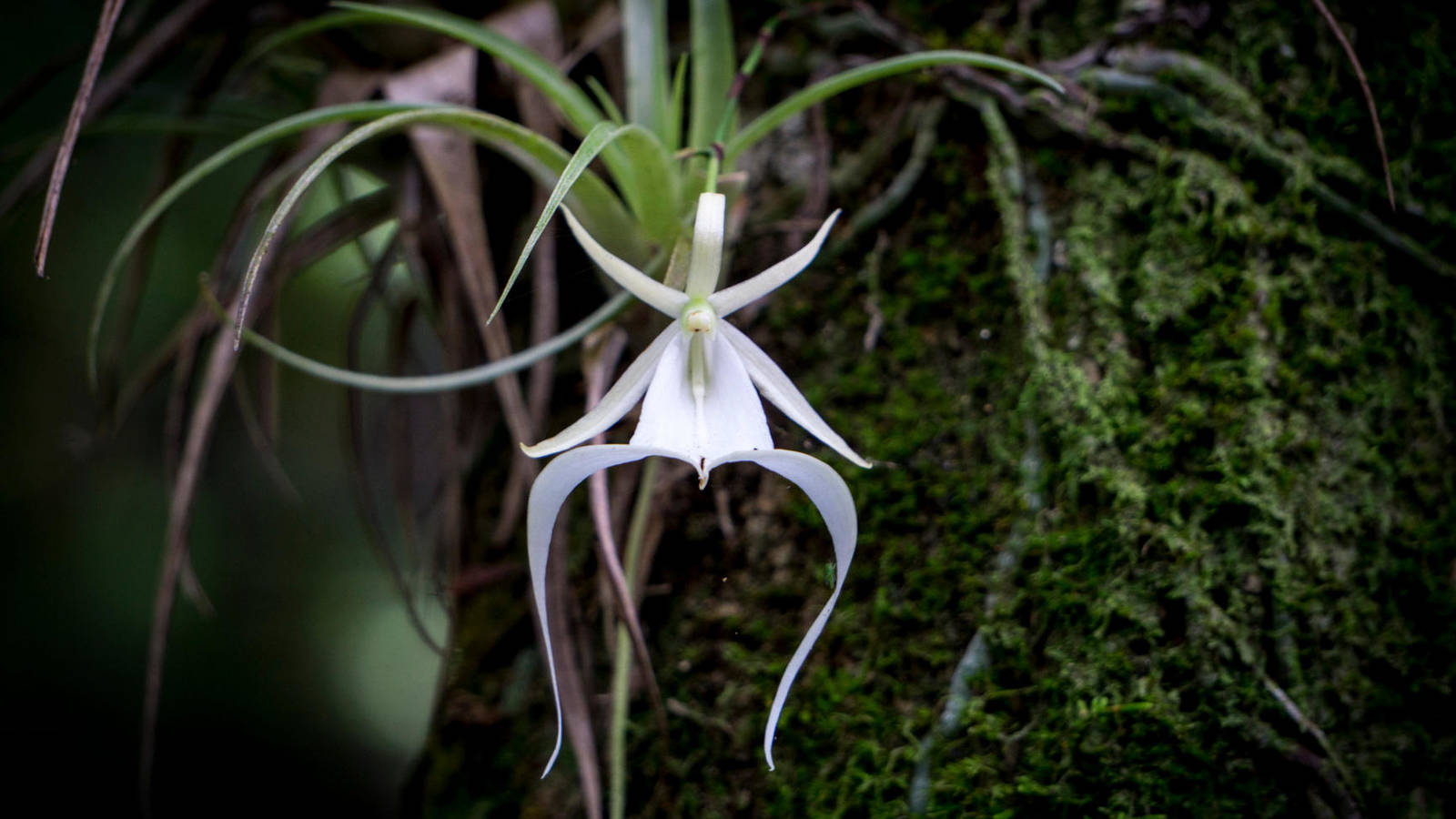

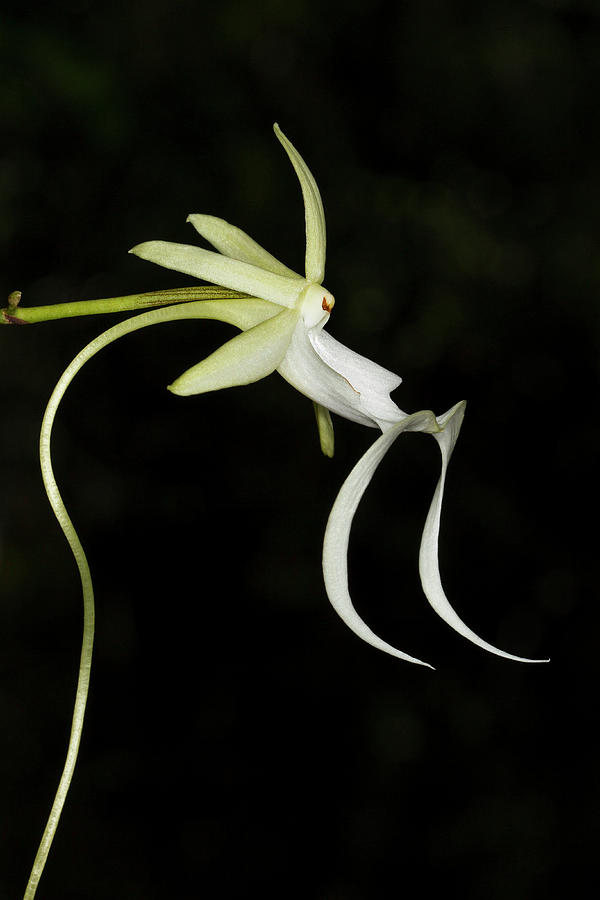
:max_bytes(150000):strip_icc()/__opt__aboutcom__coeus__resources__content_migration__mnn__images__2019__07__ghost-orchid-fakahatchee-florida-06-cc913a18dbef4ccc9e05822af6667513.jpg)
:max_bytes(150000):strip_icc()/__opt__aboutcom__coeus__resources__content_migration__mnn__images__2019__07__ghost-orchid-nrcs-goldman-05-8e9382ce8c614b21a1c428546406ecf7.jpg)


